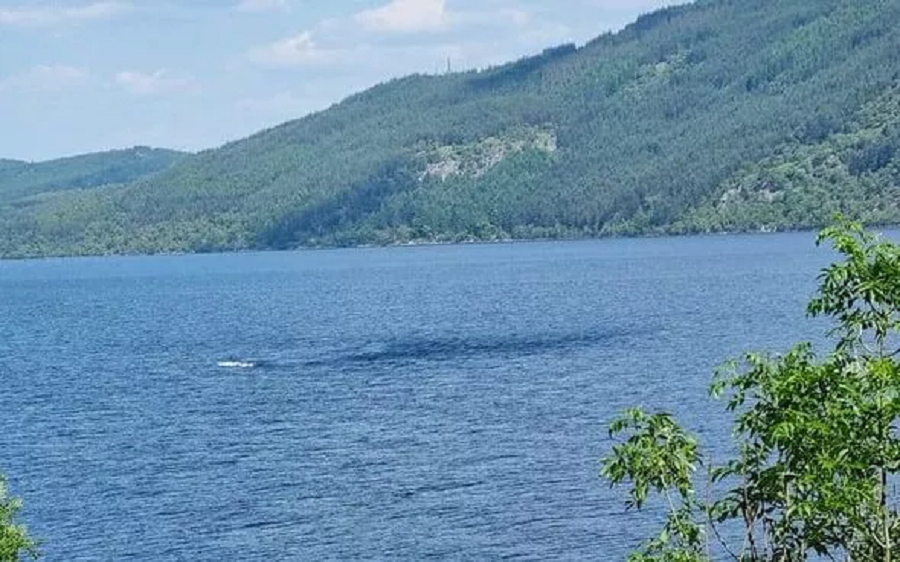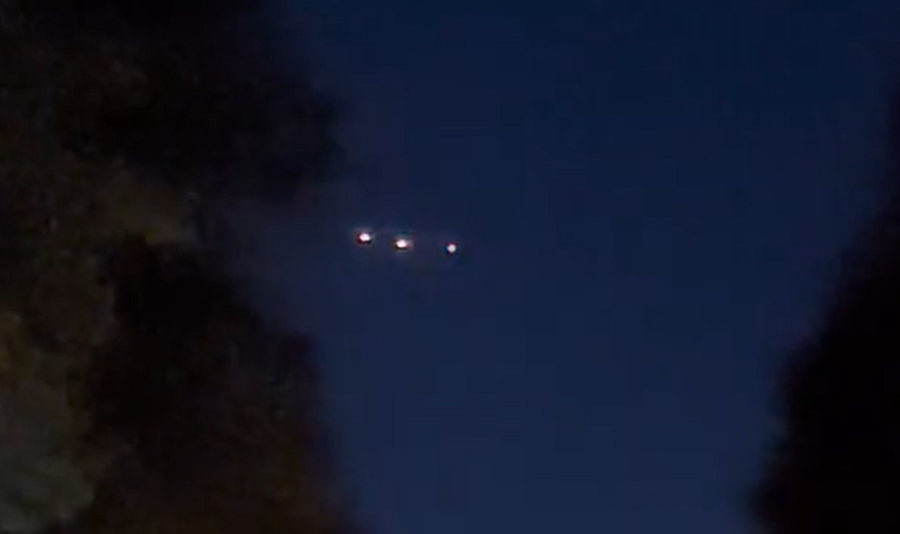Giant Eels Could be Responsible for Monster Sightings in Scotland's Loch Ness, Says Scientist
Neil Gemmell, a New Zealand scientist and professor at the University of Otago, has officially released the findings of a recent study involving Loch Ness, following an announcement last June in which he said the results of the study were “a bit surprising.”
Gemmell's study involved gathering water samples from multiple locations and at different depths of the loch to scan for bits of animal DNA, and then working to identify it. The samples were sent to labs in New Zealand, Australia, Denmark, and France which used large sequence databases to compare the DNA found in Loch Ness with the majority of known living things. This was done to help distinguish and identify any potentially unknown genetic material.
"People love a mystery, we've used science to add another chapter to Loch Ness' mystique," said Gemmell of the study.
Gemmell added that the results revealed no evidence of any large animals such as sturgeon, catfish, sharks, or surviving prehistoric plesiosaurs, but they did show an abundance of eel DNA.
Interestingly, only a few days prior to Gemmell’s announcement, the Ness District Salmon Fisher Board posted a video to their Facebook page which shows an eel-shaped object passing in front of one of their underwater cameras.
According to Gemmell:
We can't find any evidence of a creature that's remotely related to that in our environmental-DNA sequence data. So, sorry, I don't think the plesiosaur idea holds up based on the data that we have obtained.
So, there's no shark DNA in Loch Ness based on our sampling. There is also no catfish DNA in Loch Ness based on our sampling. We can't find any evidence of sturgeon either.
There is a very significant amount of eel DNA. Eels are very plentiful in Loch Ness, with eel DNA found at pretty much every location sampled - there are a lot of them. So - are they giant eels?
Well, our data doesn't reveal their size, but the sheer quantity of the material says that we can't discount the possibility that there may be giant eels in Loch Ness. Therefore we can't discount the possibility that what people see and believe is the Loch Ness Monster might be a giant eel.
The researchers also reportedly found DNA from humans, dogs, sheep, cattle, deer, badgers, rabbits, voles and birds present in the loch.
Gemmell is slated to appear in an upcoming documentary to detail the process and findings of the study. Loch Ness Monster: New Evidence! will premiere as a two-hour special on the Travel Channel this September 15th.
To report your own encounter with the impossible, reach out to us directly at the Singular Fortean Society through our contact page.
If you enjoyed this article and would like to support the Singular Fortean Society, please consider becoming an official member by signing up through our Patreon page—membership includes a ton of extra content and behind-the-scenes access to the Society’s inner workings.

















